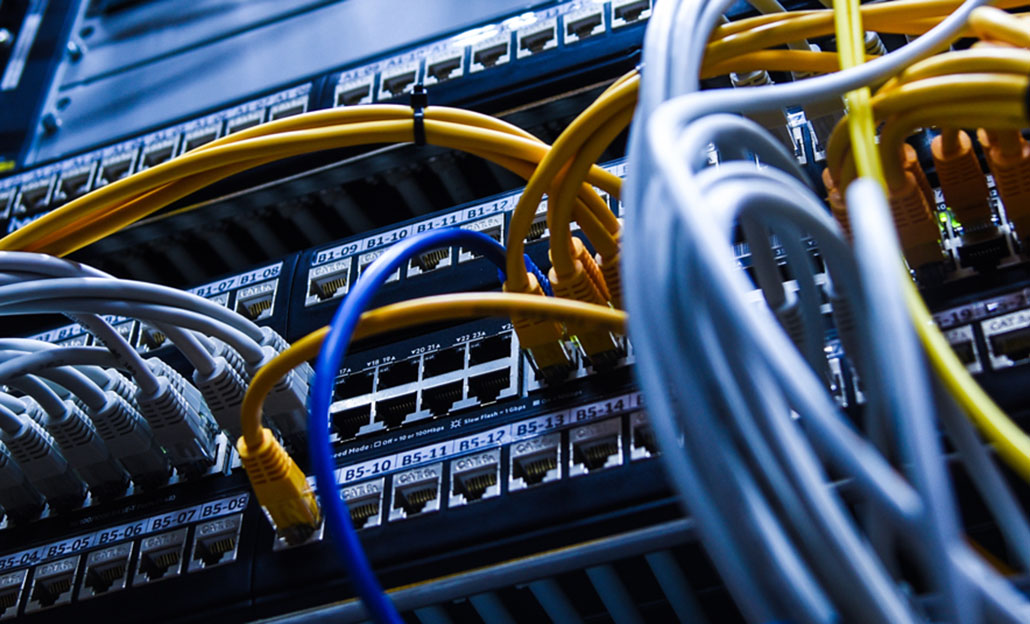Blog / News
- HOME
- About
- Blog / News

by Kelly McClure, Vice President of Global Marketing
Technical debt in software development terms is the result of prioritizing speedy delivery over perfect code. Development teams accelerate the deployment of software functionality or the release of an entire application that later needs to be refactored. Think of these measures to speed up delivery as like taking out variable mortgage to get yourself in a house faster and then discovering your payments balloon as the interest rate increases.
Technical debt is not limited to software development, however. It can also apply to deciding to do nothing but patch and maintain your legacy mainframe applications—at the cost of 80% of your IT budget. With this technical debt, you’re paying for your inaction with what is often more time, money, and resources than it would have taken you invest in modernizing your applications. And you’re paying a high price; in 2018, it is estimated that fixing software issues cost U.S. enterprises $2.84 trillion. In this blog, we explain the technical debt your legacy applications are racking up and what you can do about it.
Technical debt and legacy applications: What your mainframe is costing you
Although the pandemic created a demand for modern applications that run in the cloud, most mission-critical applications and systems still reside in mainframes today. For example, in financial services, insurance, and banking, as many as 60% of all core processes are running on mainframes. Also, COBOL applications are still handling the vast majority of computer transactions. COBOL is the primary language of mainframes.
Many organizations see no reason for upsetting this apple cart. Their businesses are humming along nicely, and nothing has crashed. They are oblivious to the fact that COBOL programmers are decreasing as they retire or change careers. Replacing them is difficult because younger developers are all about Rust, Python, and Go. In addition, a fear of investing in what is seen as expensive alternatives in a world where cost reductions are revered has created blinders to all kinds of technical debt. Running aging applications does not come cheap, and the bills mount up until they threaten swallow a good portion of your revenue. Let’s look at some examples.
The high cost of the endless patch-and-fix process
Updating decades-old legacy applications is just one big money pit that you can’t dig out of easily. When new functionality or a workaround is needed to address their limitations or something that has broken, the race is on to bolt something as quickly as possible. Unfortunately, your fix is likely to break something else. Then you have to rev up another project to address this new issue. You never stop paying this technical debt.
The infrastructure and licensing price hike cycle
Infrastructure and licensing for a mainframe come at a high price, and expenses rise each year as technology changes and systems get older. Compatible hardware becomes hard to find, support contracts lapse or raise rates, and organizations pay for server space that is only used when there is a need to scale, which is usually just a few times a year. Some businesses freeze their software support levels to the point of expiration out of compliance – another cost to the business.
The ride into the sunset that leaves hidden expenses behind
When a vendor sunsets software, frameworks, and applications that the mainframe and company rely on, it creates a dark cloud of costs that blanket IT. Do you risk using a tool that is not supported or try to find a replacement with little planning? This is technical debt in a nutshell, plus if you select the replacement, you are at the mercy of third parties who sense your desperation and raise their fees.
The developer and the damage done
Mainframes applications are complex with a confusing code base. When it is time to change or upgrade, high-priced, on-demand developers often make haphazard changes that only leave the system more incomprehensible. The result could be a higher probability of breaches and failures. If something fails and your organization does not have the resources or knowledge to bring it back online quickly, your bottom line will take a significant hit. And if the system stays down for more than a few hours, it is possible that customers will leave and not return.
Getting out of technical debt
Is there an end to this legacy application debt? The answer is yes. You can pay down your technical debut with mainframe migration and legacy modernization, sometimes called “lift-and-shift.” Existing mainframe applications move unchanged to a modern open environment. Once on this modern platform, applications interact with APIs, new user interfaces and other modern technology such as containers. When done properly, mainframe migration and legacy modernization preserve your mainframe investment and help erase the technical debt created by clinging to older legacy applications and your mainframe.
TmaxSoft OpenFrame is a mainframe and legacy modernization platform that can help you pay down your legacy technical debt. It moves you through the rearchitecting steps at your pace, automating many of processes until you’re completely free of your legacy.
To learn more about how OpenFrame can get you on the fast-track to IT modernization and out of technical debt, read our eBook, Proven Mainframe Modernization Strategies,